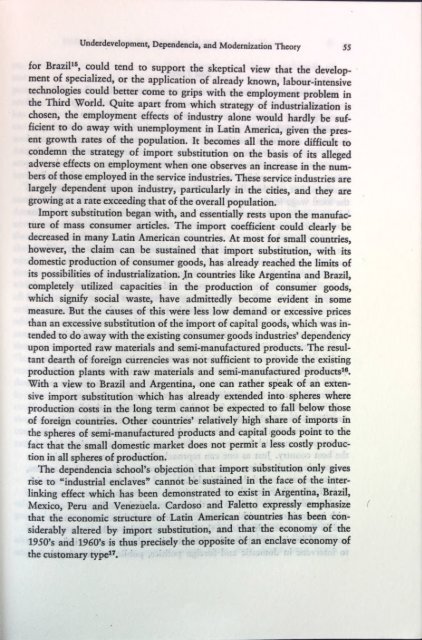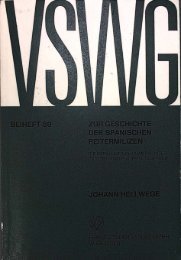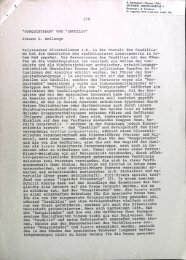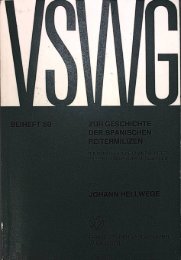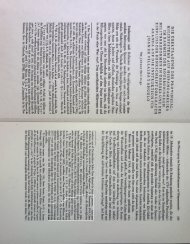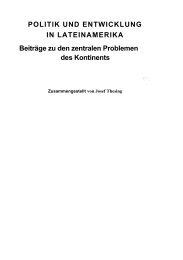9_Law and State_Volume 17
You also want an ePaper? Increase the reach of your titles
YUMPU automatically turns print PDFs into web optimized ePapers that Google loves.
Underdevelopment, Dcpcndcncia, <strong>and</strong> Modernization Theory<br />
55<br />
for Brazil15, could tend to support the skeptical view that the development<br />
of specialized, or the application of already known, labour-intensive<br />
technologies could better come to grips with the employment problem in<br />
the Third World. Quite apart from which strategy of industrialization is<br />
chosen, the employment effects of industry alone would hardly be sufficient<br />
to do away with unemployment in Latin America, given the present<br />
growth rates of the population. It becomes all the more difficult to<br />
condemn the strategy of import substitution on the basis of its alleged<br />
adverse effects on employment when one observes an increase in the numbers<br />
of those employed in the service industries. These service industries are<br />
largely dependent upon industry, particularly in the cities, <strong>and</strong> they are<br />
growing at a rate exceeding that of the overall population.<br />
Import substitution began with, <strong>and</strong> essentially rests upon the manufacture<br />
of mass consumer articles. The import coefficient could clearly be<br />
decreased in many Latin American countries. At most for small countries,<br />
however, the claim can be sustained that import substitution, with its<br />
domestic production of consumer goods, has already reached the limits of<br />
its possibilities of industrialization. In countries like Argentina <strong>and</strong> Brazil,<br />
completely utilized capacities in the production of consumer goods,<br />
which signify social waste, have admittedly become evident in some<br />
measure. But the causes of this were less low dem<strong>and</strong> or excessive prices<br />
than an excessive substitution of the import of capital goods, which was intended<br />
to do away with the existing consumer goods industries’ dependency<br />
upon imported raw materials <strong>and</strong> semi-manufactured products. The resultant<br />
dearth of foreign currencies was not sufficient to provide the existing<br />
production plants with raw materials <strong>and</strong> semi-manufactured products16.<br />
With a view to Brazil <strong>and</strong> Argentina, one can rather speak of an extensive<br />
import substitution which has already extended into spheres where<br />
production costs in the long term cannot be expected to fall below those<br />
of foreign countries. Other countries’ relatively high share of imports in<br />
the spheres of semi-manufactured products <strong>and</strong> capital goods point to the<br />
fact that the small domestic market does not permit a less costly production<br />
in all spheres of production.<br />
The dependencia school’s objection that import substitution only gives<br />
rise to “industrial enclaves” cannot be sustained in the face of the interlinking<br />
effect which has been demonstrated to exist in Argentina, Brazil,<br />
Mexico, Peru <strong>and</strong> Venezuela. Cardoso <strong>and</strong> Faletto expressly emphasize<br />
that the economic structure of Latin American countries has been considerably<br />
altered by import substitution, <strong>and</strong> that the economy of the<br />
1950’s <strong>and</strong> 1960’s is thus precisely the opposite of an enclave economy of<br />
the customary type<strong>17</strong>.


